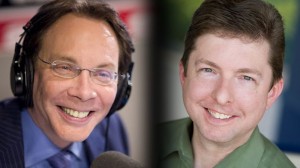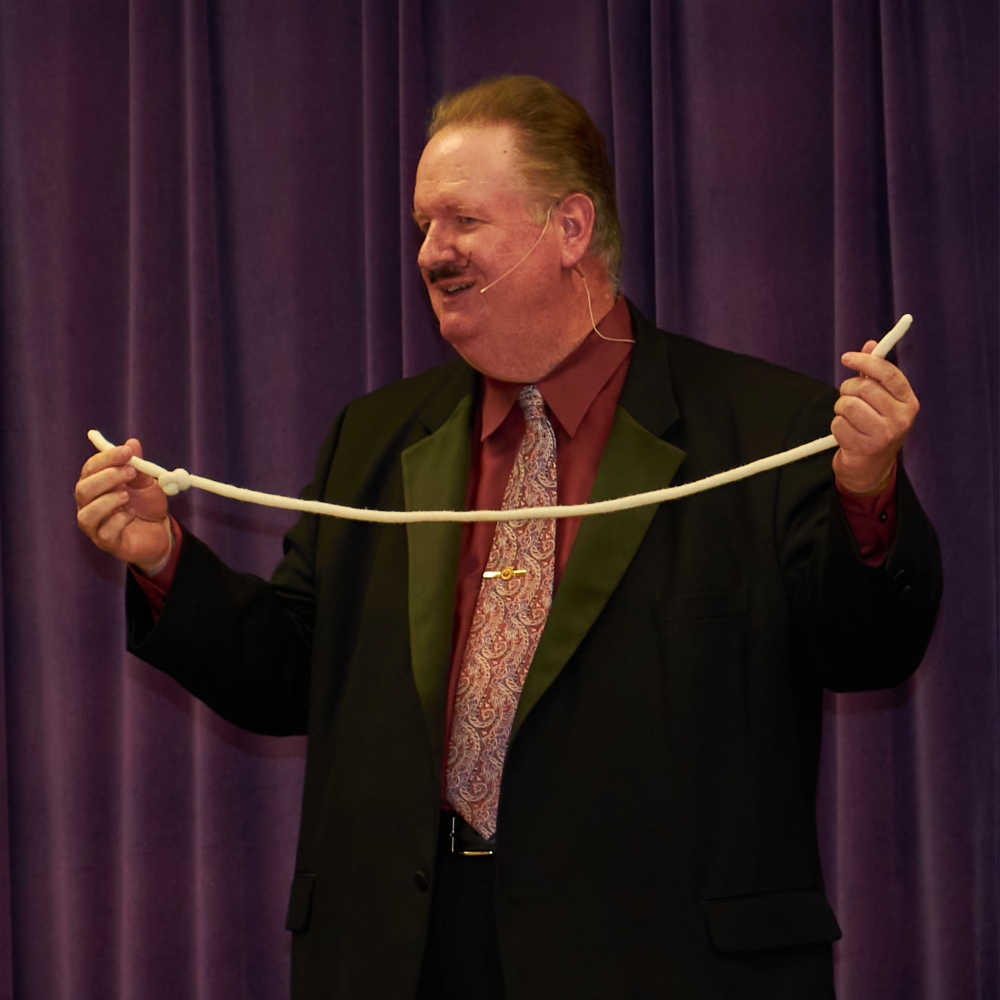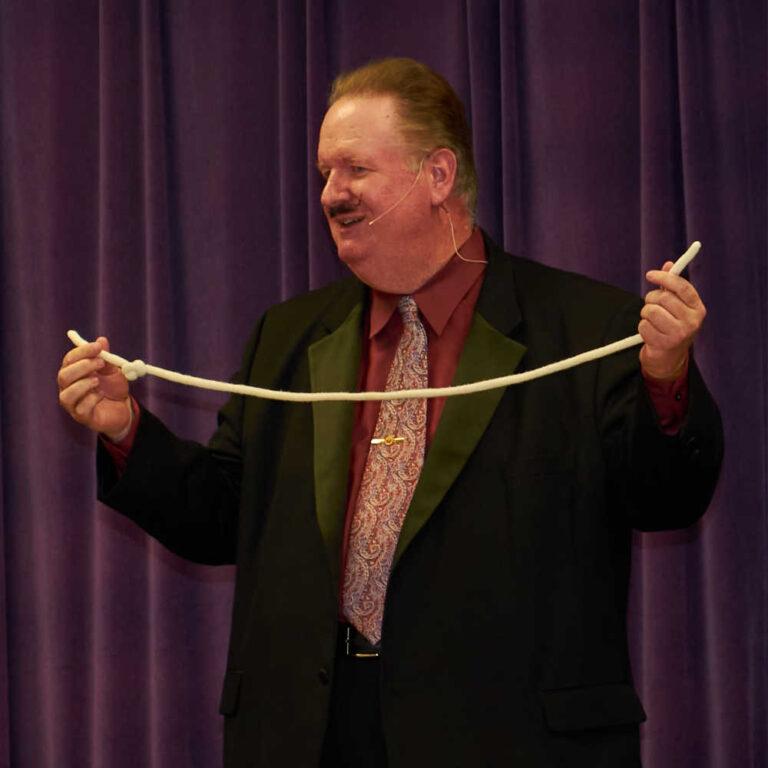Protecting Your Brand or Industry Image in the Media, Part 2
More Lessons Learned

Note: In the previous article I discussed that while this particular experience is instructive across industries and topics, it does involve some issues of faith and religion. As before, I remind you that my point in sharing this adventure isn’t to proselytize, but rather to share lessons learned that you might be able to apply to your own media involvements.
In my first post on this topic, I shared links to the video that sparked another author to write the article that led to my response.
[spacer size=”60″]
More Tips for Protecting Your Brand Image in the Media
After both of our articles appeared online – along with a reporter’s article on the subject – I received a phone call from the producer of the Alan Colmes Radio Show on Fox News Radio asking if I’d come on the air to talk about it. I agreed, making it clear as before that I was more interested in response and conversation than I was in argument or debate. Being familiar with news and talk radio shows and personalities (including Mr. Colmes), I wanted to make sure that we were not going to be pitted against each other. I was not interested in decimating or insulting the other writer, despite the fact that I thought he was completely mistaken. So from the original conversation with the producer, I made it clear that whether we were on together or separately, I was interested in a conversation, not a shouting match. Nevertheless, I took the risk of going on live national radio to make my case with a host whom I knew would be interested in at least some degree of conflict. I discovered in the preliminary talk with the producer that the other interviewee didn’t want to be on at the same time with me. This wasn’t congruent with my original hope of having a “conversation,” but it did avoid the possibility of any unpleasant “debate,” which may have been what he feared. (I was also given the advantage of going second, as my comments were a response to his original column.) It is worth noting, however, that his decision not to participate in a three-way discussion gave me the opportunity to publicly mention my willingness to have appeared together. By positioning myself that way, I was able to establish my point of view as being more open to discussion, and willing to listen to him as an equal. It’s important to stake out the high ground of being obviously fair, open, and reasonable whenever possible. If you listen to the interview, you’ll hear me return to my points often. I’ll start by answering the question in a brief way, but pivot with “But to the point I was making before…” and emphasize my key idea. Even when given the opportunity to plug myself, I took advantage of the moment but immediately pivoted with “Thanks for the opportunity to plug, but that’s not my purpose here…” and went back to my content. I listened to the other person’s interview while I waited on hold. As I did, I made notes about ways that we agreed. He emphasized the idea that we would agree on many things, and I took my opportunities to demonstrate that. I also made notes of words and phrases he used so that I could use them myself but apply them to my own point. As I listened, I also heard his tone change from the original article to the discussion on the radio. It was softened and not as accusatory. I made it clear that I noticed and that I thought that was a good idea. It did not serve whatever common faith-oriented goals we share for me to simply argue or disrespect him, or to cause him to lose face. It also didn’t serve my professional credibility or industry needs to let misconceptions go unanswered. Finding ways to credit the other side on areas of agreement or on areas where there has been a correct shift in position allows us to go for a win/win situation. It strengthens my credibility on the points where we disagree if I am able to point out legitimate areas of agreement. Any appearance on national media, web or broadcast, is worth leveraging. In addition to my social-media sharing as the issue unfolded, there is a lasting value in mining the experience for lessons that can be shared. As business strategist Marna Friedman advised, the lessons learned from going through this not only have interest to other people strictly as a media opportunity, but they contained insights related to the topics on which I speak and write. As a result, I have two blog articles and you have 8 practical tips that you can apply to your own media opportunities in the future. Let me know how your experiences work out! The original article is here. Here’s the Fox News Radio interview:

Relevant Links
My response is here.
Here’s a reporter’s news article.
Here’s the original author’s follow-up article.
[media url=”http://www.youtube.com/watch?v=o4THh71LWCs” width=”360″ height=”300″ jwplayer=”controlbar=bottom”]






